Dados do Trabalho
Título
UNRELATED PEDIATRIC UMBILICAL CORD BLOOD TRANSPLANTATION
Introdução
Unrelated umbilical and placental cord blood (UCB) is an effective source of hematopoietic stem cells, replacing bone marrow or peripheral blood stem cells when there is no related donor or matched unrelated adult available. To improve engraftment of these units with very low cellularity, the New York Cord Blood Bank (NYBC) has developed a method of thawing with slow dilution and washing of the cells based on in vitro data (Rubinstein, 1995), to reduce the osmotic damage caused by the density gradient at the time of infusion if cells are infused with no manipulation.
Objetivo
The objective of this study is to report a two decade the experience using UCB as a source for hematopoietic reconstruction.
Método
Data was collected from the Cell Processing forms. The UCB units were received from national and international cord blood banks. The dimethylsulfoxide (DMSO) removal was performed according to Rubinstein's protocol: after almost complete thawing in a water bath at 37ºC, a cold (4oC) 5% dextran-albumin solution was slowly added to the bag in a 1:1 ratio on an icy surface, with continuous manual homogenization. An aliquot was removed for quality control and the cells were transferred to another bag and centrifuged at 400g 4°C for 20 min. The supernatant was transferred to a new bag and the buffy coat was resuspended in the same dextran-albumin solution and sent for infusion with a simple tubing. The supernatant was recentrifuged and infused until <107 cells/kg remained.
Resultados
Between Jun,2000 to Sept,2020 we received 47 UCB units, 34 of them from international banks (17 from the NYBC) and the others from two national banks. We performed 40 transplants in 37 patients with benign and malignant hematological diseases. Seven patients received a double UCB graft. The median age was 6 years (range: 1-18), weight 18 kg (7–68), and 25 patients were male. The median cellularity infused was after thawing and washing was 4.6x107/kg (1.7-17.2). The median time of engraftment was 10 days (range: 6–59) and 47% of the patients are alive. Six patients died without engraftment. An additional patient had his autologous UCB infused after a private bank collection and did not have hematopoietic reconstitution.
Conclusão
The infusion of UCB is feasible when there are no other donors available, however, the logistic of requesting, receiving, storing and manipulating the cells require an experienced team in the cell processing center and in the management of the patients
Área
Transplante de células tronco hematopoiéticas
Categoria
Categoria Multiprofissional
Autores
Olga Margareth Wanderley Oliveira Felix, Aline Silva Ramos, Ana Caroline Lima Alves, Mayara Regina Alves Gomes, Adriane Silva Santos Ibanez, Camilla Margarida Maria Parrode, Cintia Monteiro Lustosa, Cristiane Menezes Vitoria Alferi, Gustavo Zamperlini, Maite Freire Cardoso, Lais Lima Quintino, Maria Gabriela Alves Dias Matos, Luciana Santos Domingues, Valéria Cortez Ginani, Roseane Vasconcelos Gouveia, Adriana Seber
